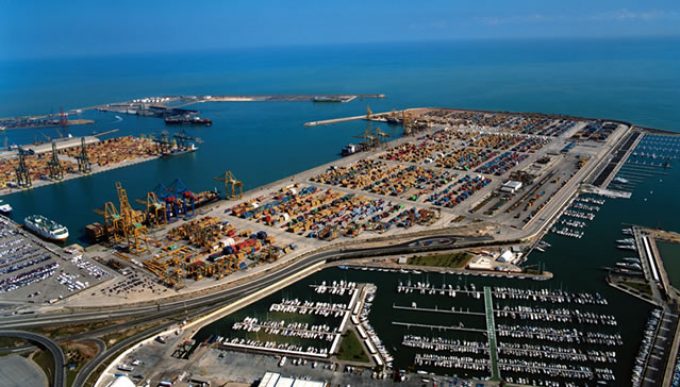Transpacific set to see record level of ship capacity in July as rates crash
The transpacific trade continues to descend into something akin to chaos – with major deepsea ...

Valencia Port is limping back to cargo activity after it was forced to halt operations in the aftermath of severe rainstorms that lashed the country’s south-eastern region last week.
The devastation from what was said to be the severest flash-flooding in Europe ...

Comment on this article